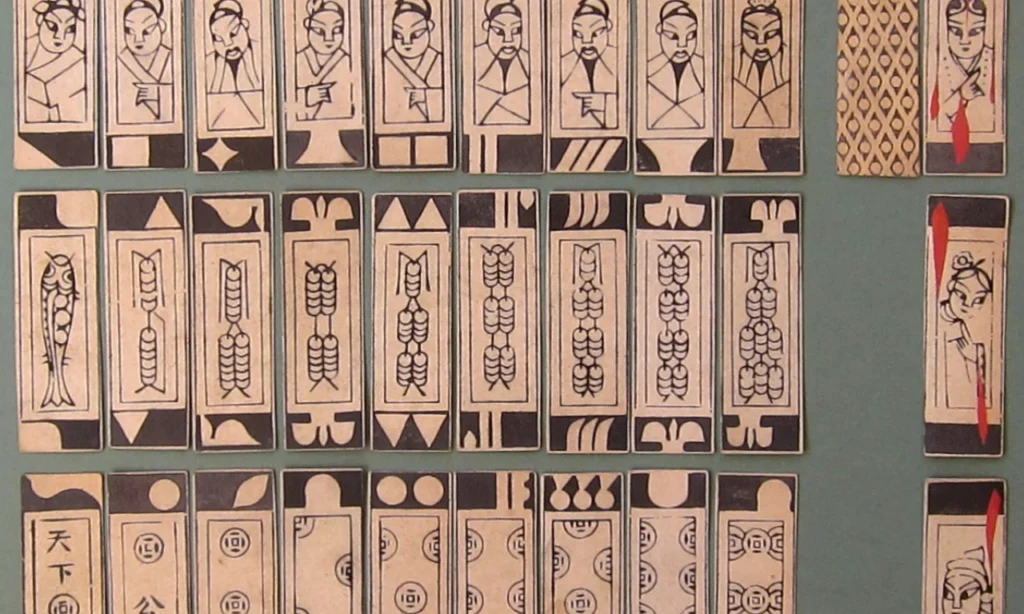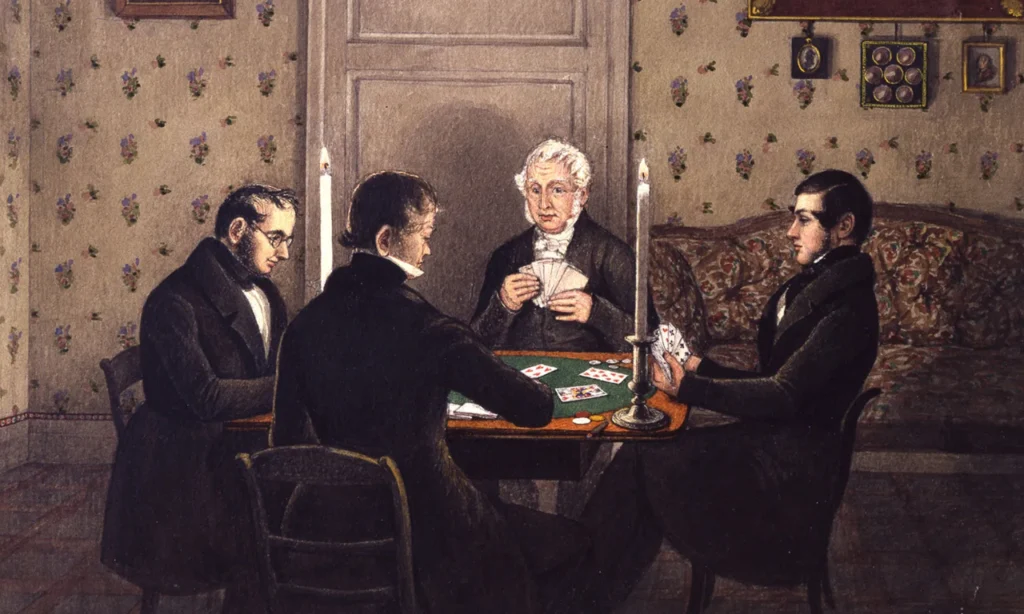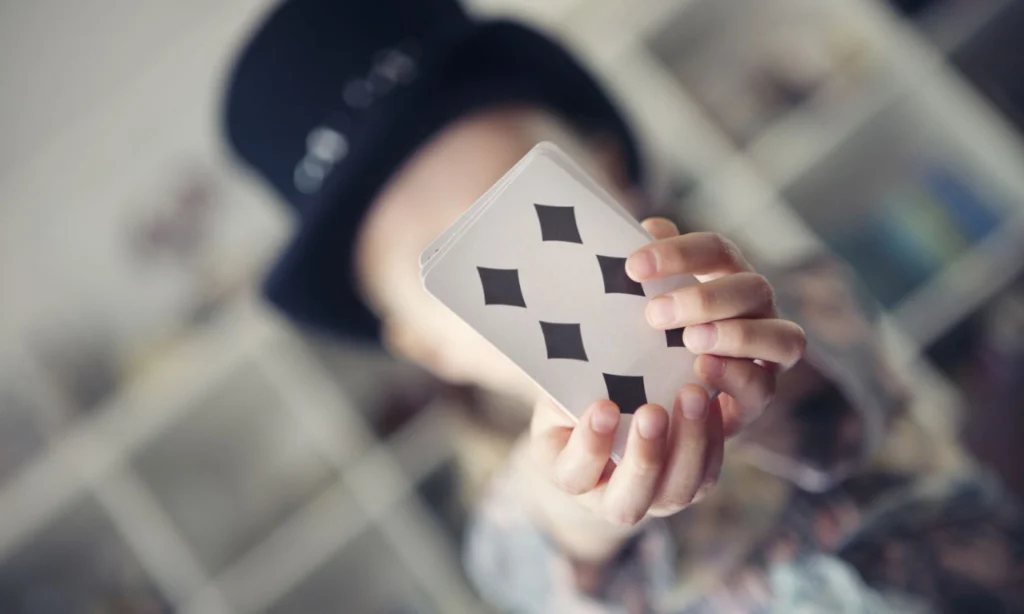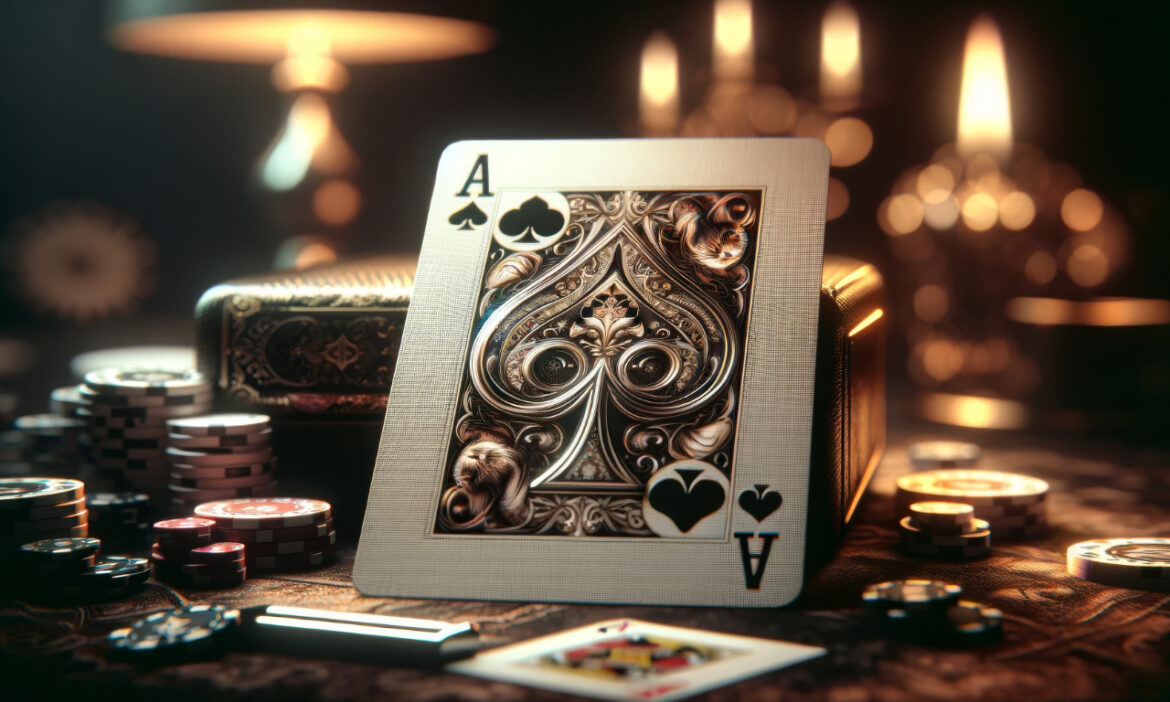Playing cards are a fascinating blend of art, culture, and history. Over centuries, these simple pieces of paper or cardboard have evolved into tools for entertainment, gambling, and even storytelling. The journey of playing cards is as diverse and captivating as the games they inspire. Here’s a look at their origins, development, and how they’ve shaped cultures worldwide.
The Origins: Ancient Beginnings in Asia

Playing cards are believed to have originated in China during the Tang Dynasty (618–907 AD). Early cards were called “paper dominoes” and were used for a combination of games, including dice and tile-based games. These cards often depicted coin symbols, representing monetary values in their designs.
From China, the concept of playing cards spread to India and Persia, where they evolved further. In India, a circular version called Ganjifa emerged, often featuring elaborate designs and themes based on mythology and royal courts.
The Journey to Europe: The Middle Ages

Playing cards arrived in Europe by the late 14th century, likely through trading routes from the Middle East or returning Crusaders. Early European cards reflected the societal structures of the time, with suits representing the four classes:
- Cups: The clergy
- Swords: The military
- Coins: Merchants
- Staves (Batons): Peasants
These suits are still present in modern Spanish and Italian decks.
As playing cards gained popularity in Europe, they underwent significant changes:
- The French introduced the suits of hearts, diamonds, spades, and clubs, which are most familiar today.
- The use of royal figures (King, Queen, Jack) became widespread, reflecting the feudal system and aristocracy.
The Art of Card Design: A Canvas for Creativity

Playing cards quickly became a medium for artistic expression. Hand-painted cards were luxury items, often created for nobility. The invention of the printing press in the 15th century democratized playing cards, making them accessible to a broader audience.
Artists across Europe incorporated regional styles into card designs:
- German cards often depicted animals and flowers.
- Italian cards featured intricate Renaissance-inspired art.
- French decks simplified symbols, paving the way for modern designs.
The Rise of Card Games

With the proliferation of playing cards came a wide variety of games, each region contributing its own innovations. By the 17th and 18th centuries, games like Whist, Piquet, and Tarot had gained popularity. Tarot cards, initially used for playing games, later became associated with divination and mysticism.
Modern Decks: Global Standardization

The 19th century saw the standardization of playing card designs:
- The Joker: Introduced in the United States as an addition to the Euchre deck.
- The Bicycle Deck: Produced by the United States Playing Card Company, it became one of the most iconic modern designs.
- Plastic Coating: Innovations like lamination made cards more durable and easier to handle.
Today, the standard 52-card deck is used worldwide, but regional variations like the Japanese Hanafuda or the Indian Ganjifa still hold cultural significance.
The Cultural Impact of Playing Cards

Playing cards have influenced cultures in numerous ways:
- Gambling and Casinos: From poker to blackjack, cards are central to casino games.
- Magic and Illusions: Cards are essential tools for magicians, used in countless tricks and performances.
- Art and Collectibles: Limited edition and artist-designed decks are highly sought after by collectors.
- Symbolism and Folklore: Cards often appear in literature, art, and films as symbols of fate, luck, and strategy.
Playing Cards in the Digital Age

Even in the era of video games and smartphones, playing cards remain relevant:
- Online Card Games: Platforms like PokerStars and Solitaire apps keep card games accessible.
- Esports: Digital versions of games like Hearthstone and Magic: The Gathering have brought card-based strategy games to the competitive gaming scene.
- Augmented Reality (AR): Some card games now incorporate AR technology for an interactive experience.
Conclusion
From their humble beginnings in ancient China to their global presence today, playing cards have transcended time, geography, and cultural barriers. They remain a testament to human creativity and a universal symbol of play. Whether you’re shuffling a standard deck for a friendly game or marveling at an artist’s interpretation of a card design, playing cards continue to inspire and entertain people of all ages.
Would you like more details on any specific period or a focus on card games tied to cultural traditions?

